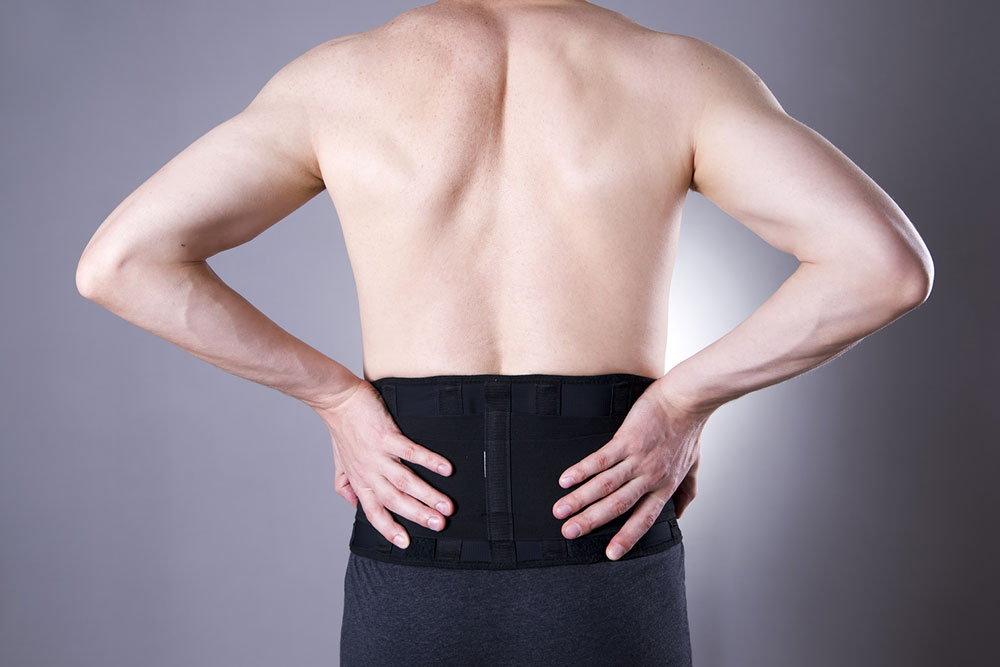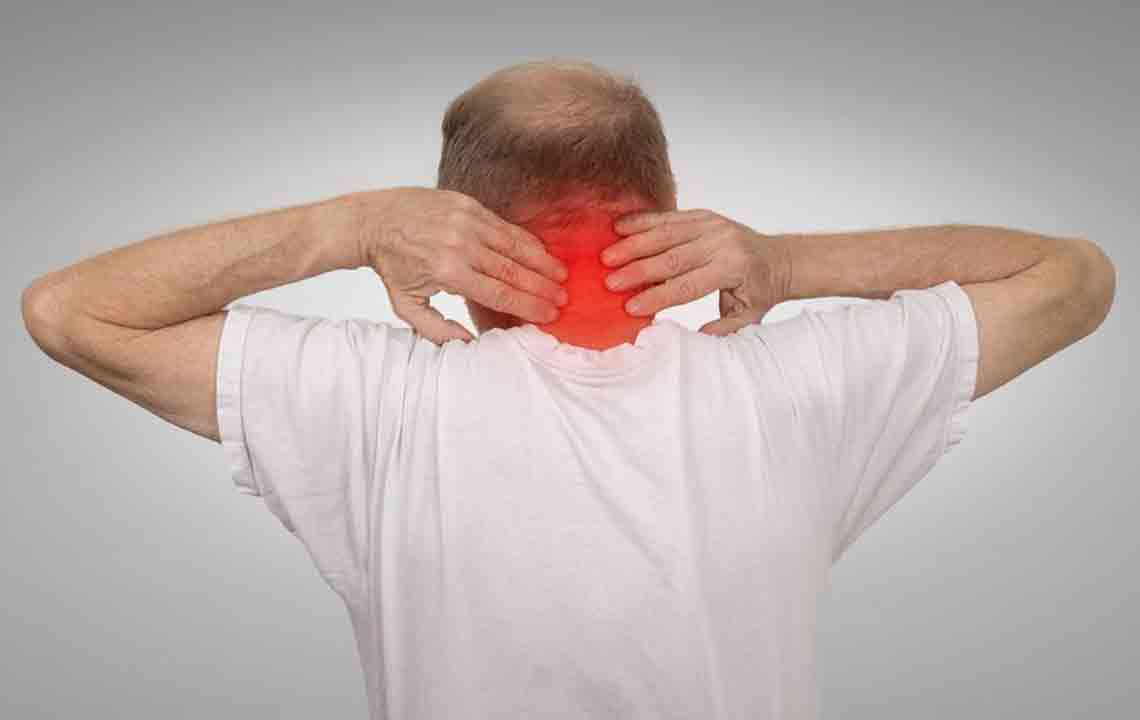Comprehensive Guide to Scoliosis: Symptoms, Diagnosis, and Treatment Strategies
This comprehensive overview explains scoliosis, highlighting symptoms, diagnosis, and treatment options like bracing and surgery. Early detection and personalized management are crucial. Consult healthcare professionals for tailored advice.

Scoliosis is characterized by an abnormal lateral curve of the spine, often forming a C or S shape. Typically, the spine exhibits minor curves at the shoulders and lower back, but pronounced deviations suggest scoliosis. Causes can be genetic, congenital, or neurological, with many cases emerging during growth phases like adolescence.
Indicators of Scoliosis
The degree of spinal distortion influences symptoms. Notable signs include uneven shoulders, prominent shoulder blades, asymmetric hips, spinal twisting, back pain, and reduced lung capacity due to chest compression.
Disproportionate shoulder heights
One shoulder blade appears raised
Visible protrusion of a shoulder blade
Progressive spinal rotation
Chronic back discomfort
Breathing challenges from chest constriction
Unequal hips
Prompt consultation with a healthcare professional is vital if these symptoms appear. Early detection helps prevent progression and associated complications.
Evaluation and Treatment Options
Children with mild curves often require periodic monitoring every few months, as curves can stabilize during growth. More severe cases may need active intervention:
Use of braces
Surgical interventions
Use of Braces
For moderate scoliosis, particularly in growing youngsters, braces are frequently prescribed. They serve to inhibit further curvature but do not correct existing deformities. Typically made of lightweight plastic, braces are worn during daily activities and for many hours daily. Once growth stops, indicated by stable height and spinal curves, the brace can be removed.
Surgical Treatment
In cases of severe scoliosis, surgery such as spinal fusion becomes necessary to halt progression. This procedure links vertebrae with bone grafts and instrumentation like screws or rods to straighten and stabilize the spine. While generally safe, surgery carries risks like infection or nerve injury, and additional surgeries may sometimes be required.
Factors Influencing Treatment Decisions
Variables such as gender (with females at higher risk), curve severity, anatomical pattern, and skeletal maturity influence treatment choices. Early diagnosis and customized management improve outcomes.
Always consult healthcare professionals before initiating scoliosis treatment to ensure the most appropriate approach.
Note: This article provides educational insights. It is not a substitute for professional medical advice. For personalized diagnosis and treatment options, consult qualified healthcare providers.


